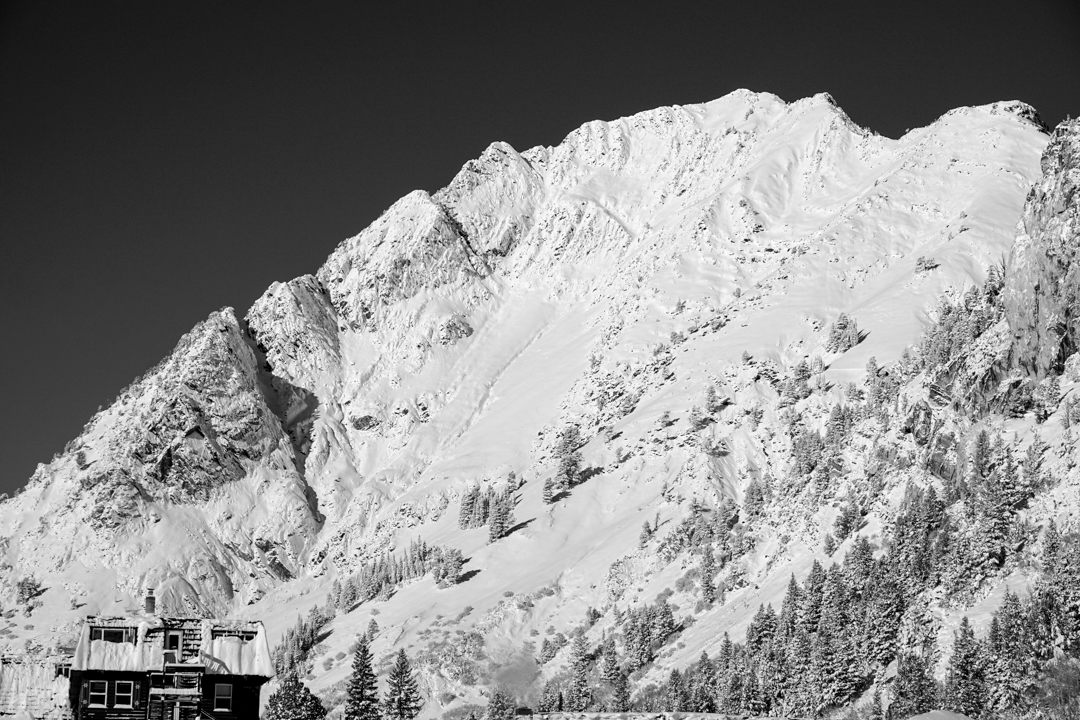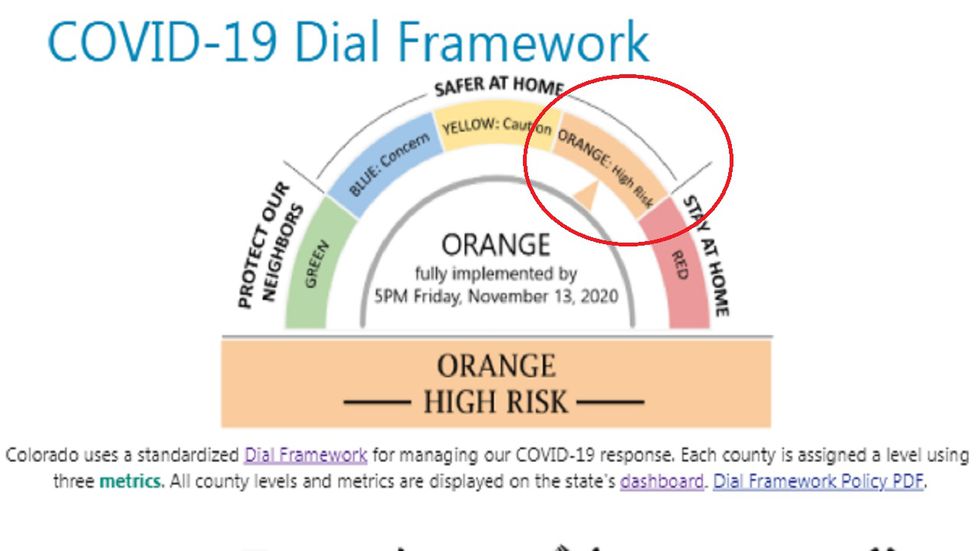
Rising hospitalizations, repetitive news media headlines, seemingly mild state restrictions that bring forth more, stricter state restrictions that soon leave you with nothing open but the grocery stores and the (ski area-less) mountains themselves—sound familiar?
It’s not Déjà vu, it’s COVID—again, eight months later.
Just as we all have collectively feared from the time when ski lifts stopped spinning last March, COVID-19 cases are surging throughout the U.S., and more restrictions are already being put in place. California has issued a travel advisory, Colorado is one phase away from a ‘stay at home’ order, and New Mexico—well, those poor skiing souls aren’t able to rip a resort until at least the 30th of November because the whole state just went back into lockdown.
So how can you tell when your state is about to temporarily close down all non-essential businesses? Because, although we may all beg to differ, ski areas are not essential businesses in the eyes of the law.
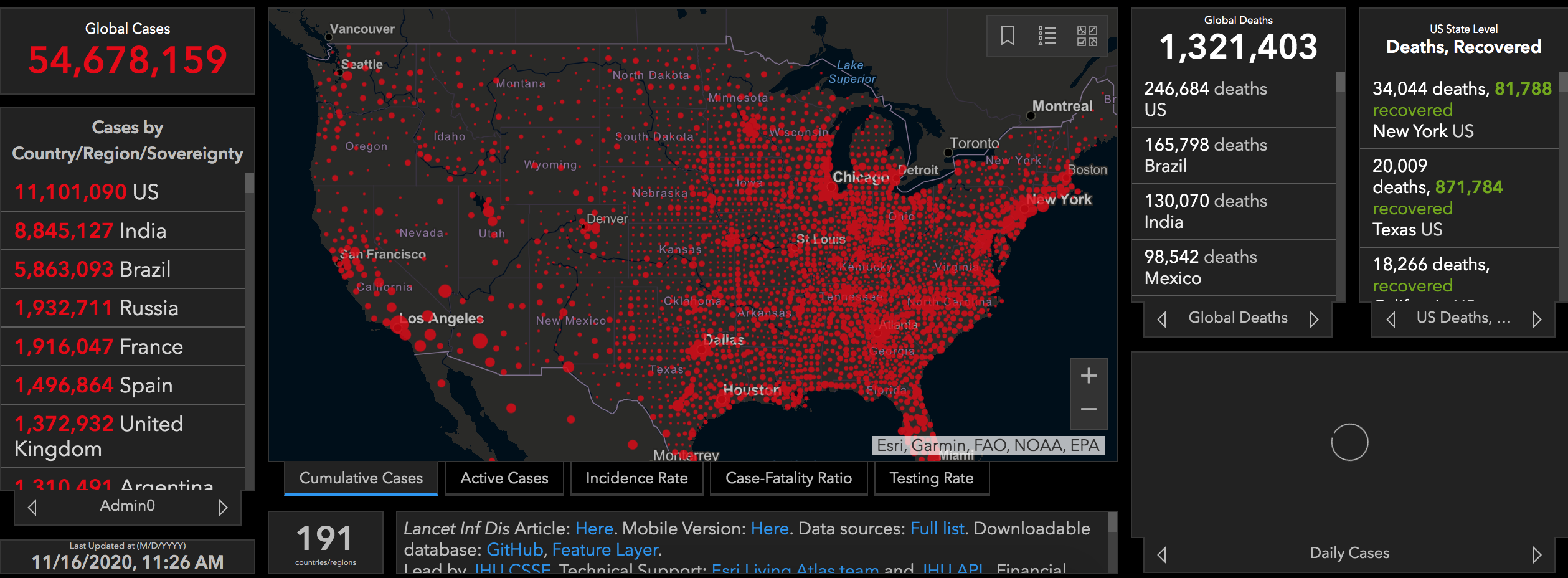
Let’s look at Colorado
When looking at the numbers that cause COVID-19 restrictions, we have to look at the numbers. In Colorado, for instance, a determining factor of what level of COVID-19 restrictions are going to be put in place in a specific county is the ‘two-week cumulative incidence rate,’ which is the number of new COVID-19 cases that have been confirmed in the prior two weeks in a county per 100,000 residents.
According to Colorado’s COVID-19 response dial, more than 350 cases per 100,000 over two weeks is the threshold that could qualify a county to be ‘Level Red’ or ‘stay at home’ on the dial, Out There Colorado reports. COVID-19 positivity rate and new COVID-19 hospitalizations (among other factors) can also impact the state’s decision towards invoking a ‘stay at home’ order. And, as of last Thursday, Nov. 12, 25 of Colorado’s 64 counties moved COVID-19 restrictions from a Level 2 to a Level 3, which is only one step away from a full-on ‘stay at home’ order that would shut down ski areas.
According to Colorado’s top epidemiologist Dr. Rachel Herlihy, the state’s coronavirus case surge is only getting worse right now—not better, The Colorado Sun reports. No one wants another ‘stay at home’ order, and public health officials are hoping to at least partially flatten the case curve by the First of December. Yet, it still may be wise to start preparing for the worst-case scenario and have some contingencies in order—i.e. ski areas closing and what you’re going to do when that happens.
Keeping an eye on your state’s COVID-19 numbers and incidence rate
There is no crystal ball determining when a ski area might be forced to temporarily close down because of COVID-19.
But there is a way to tell how.
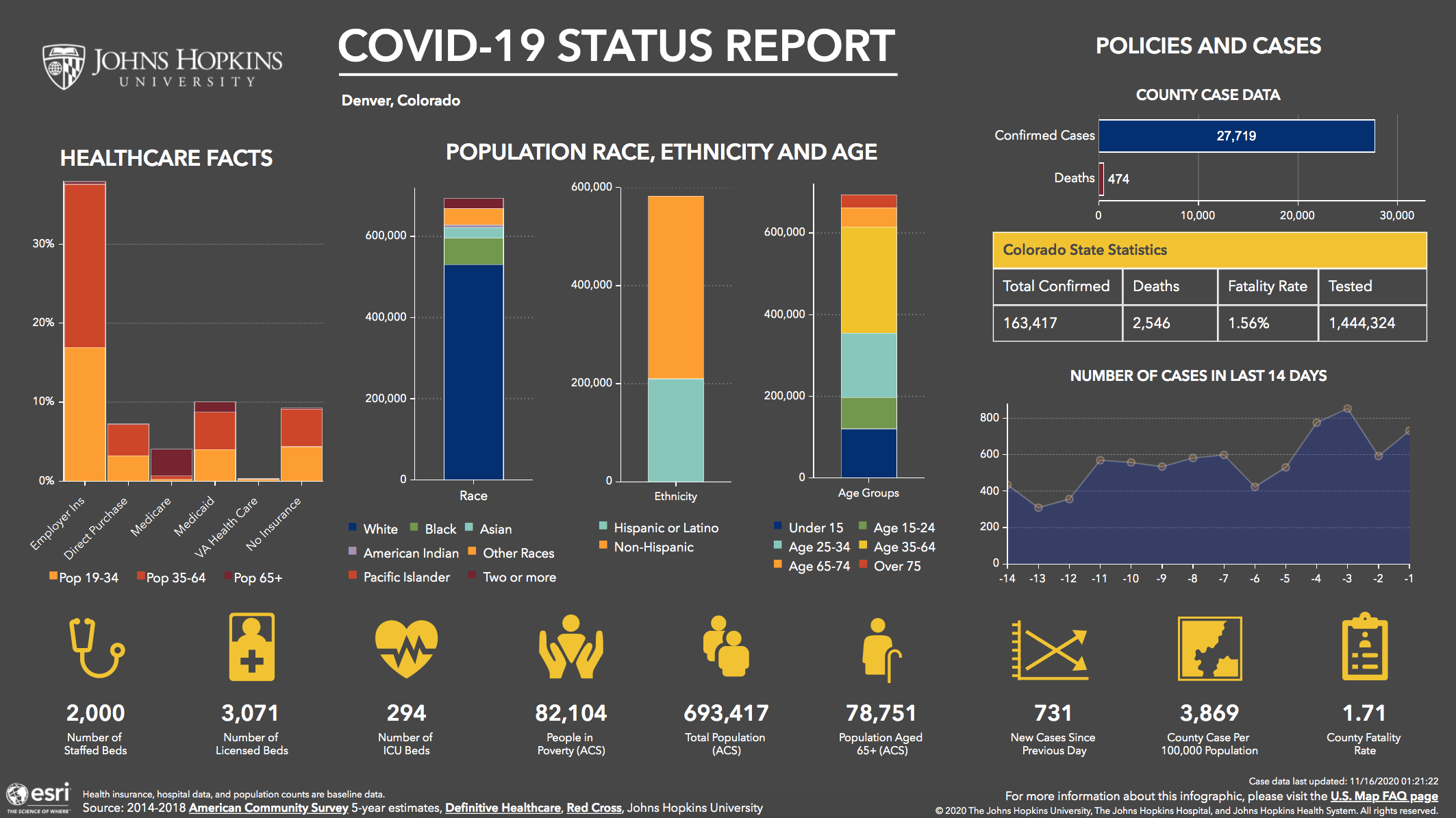
To determine if a ‘stay at home’ order is imminent in your city or state, find out what your area’s two-week cumulative incidence rate is (For Colorado, 350 cases per 100,000 can justify a ‘stay at home’ order). Then look at your state’s daily new coronavirus cases and see how many of them fall within the cumulative incidence rate (A good resource for this is the John Hopkins Coronavirus Resource Center).
For example, as of today, Denver, Colorado has a two-week incidence rate of 3,868.71 cases per 100,000.
If your state has a higher count of new cases than its cumulative incidence rate allows, a lockdown may be on the near horizon. However, you should note that not all states have an established incidence rate that justifies a ‘stay at home’ order, like Utah, which will only issue a ‘stay at home’ order based on the Governor’s decision.
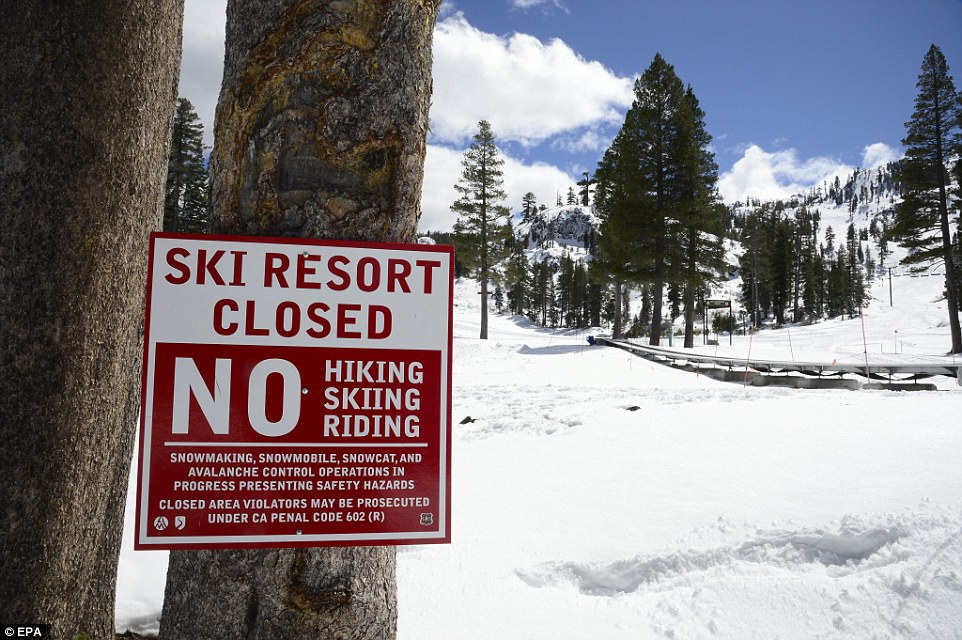
COVID-19-related ski resort refund policies
Because of the strange times we are now part of, lots of ski areas have introduced new coronavirus-related pass holder refund policies and promises this season.
Both the Ikon and Epic Passes are allowing full refunds on passes or deferment to next season in the case that things go nuclear and their resorts don’t stay open.
Here are some pass refund information reference links:
But do not fret! There is still hope that we will all get our desired turns in this season. No one can tell the future and ski season can still go either way. But if we do want to ensure that the lifts spin all season long, we will have to work together as a team. We will have to wear our masks, social distance, and adhere to state and local health directives that serve to decrease the spread of COVID-19. It’s the sole way we can not only flatten the curve, but stomp it down, and keep those chairs spinning.
